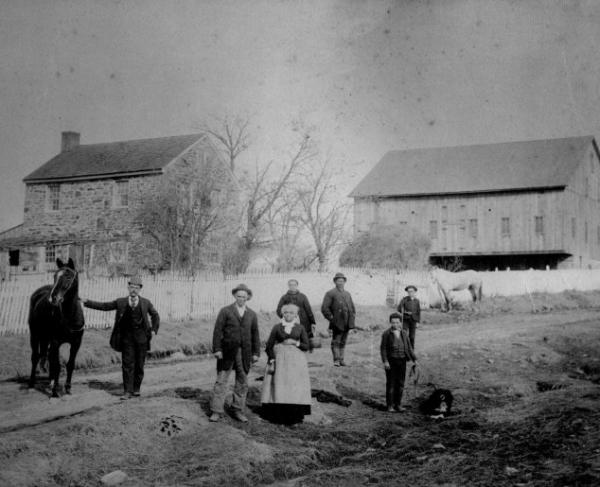
In July 2014, when the Trust announced its national campaign to purchase and restore Robert E. Lee’s headquarters at Gettysburg, the unprecedented scope of the project was immediately apparent. Not only would the organization perform by far its largest landscape rehabilitation and take ownership of an incredibly important building — hardly an everyday occurrence for a land trust — but it also would receive a remarkable donation in the form of nearly 200 artifacts that had been housed in a small private museum at the site.
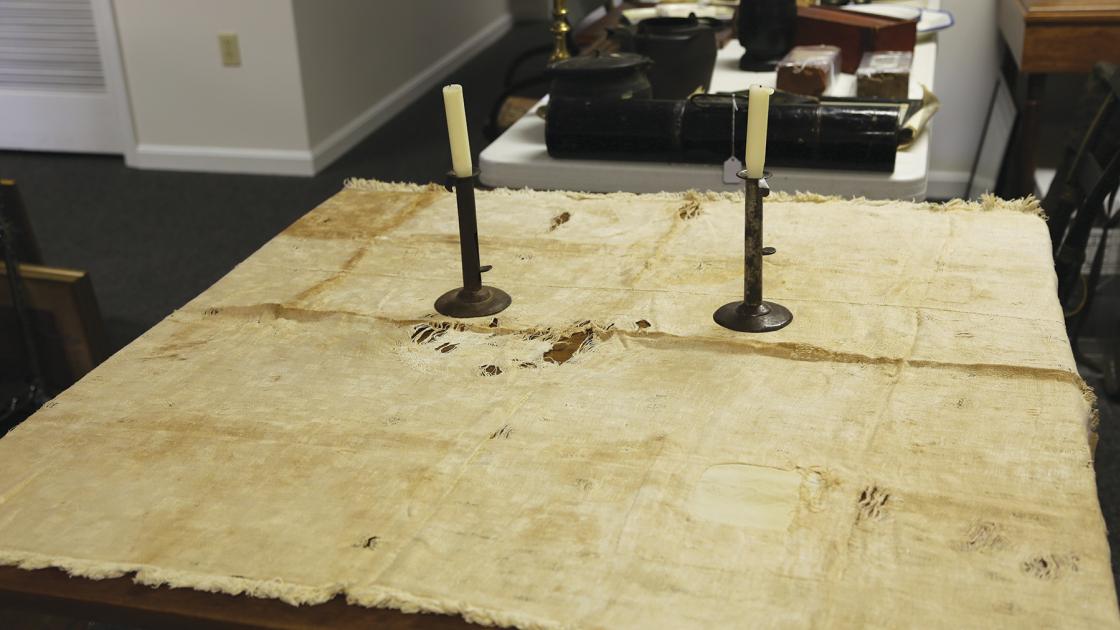
The Trust took ownership of the collection, valued at nearly $400,000, on January 7, 2015. As archival conservation and management of this type also fell outside the Trust’s typical operating methods, staff quickly determined that our first priority would be to ensure the safekeeping of all items in the collection as they were evaluated and awaiting final disposition. We are exceptionally grateful to the staff of The Horse Soldier, Gettysburg’s most highly regarded military antiques dealer, for its assistance storing these items in appropriate conditions free of charge as an in-kind donation to the Trust.
Next, working with the expert staff at The Horse Soldier, we sought to establish or confirm provenance — the record of ownership and authenticity — for each item. During this extensive and detailed process, discrepancies were uncovered in the records of some items, but many more had their integrity upheld or even bolstered.
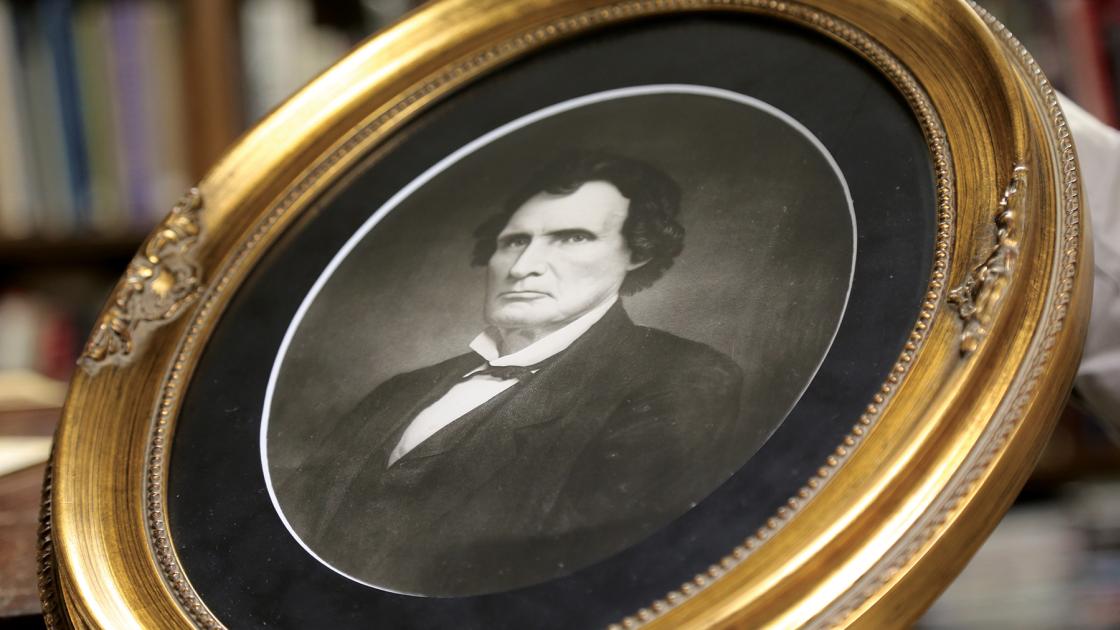
The inventory completed, the Trust next turned to the collections staff at Gettysburg National Military Park. With its state-of-the-art archival facilities and world-class museum, we knew the park to be the ideal permanent home for suitable artifacts from the Trust collection. Moreover, the Trust will later donate the Lee’s Headquarters site itself to the park, making the entire package the property of the American people.
Park staff eagerly accepted all items connected to the Mary Thompson property — the building’s original deed, bullet-ridden shutters from an outbuilding and numerous furnishings such as chairs and candlesticks, among others. Other artifacts transferred to Gettysburg National Military Park include the saddle, reins and horse blanket belonging to Maj. Gen. John Reynolds, who was killed nearby in fighting on July 1, 1863. The park also accepted many other items with verified connections to the Gettysburg Battlefield, but those found duplicative to the park’s extant collection were considered for alternate disposition.
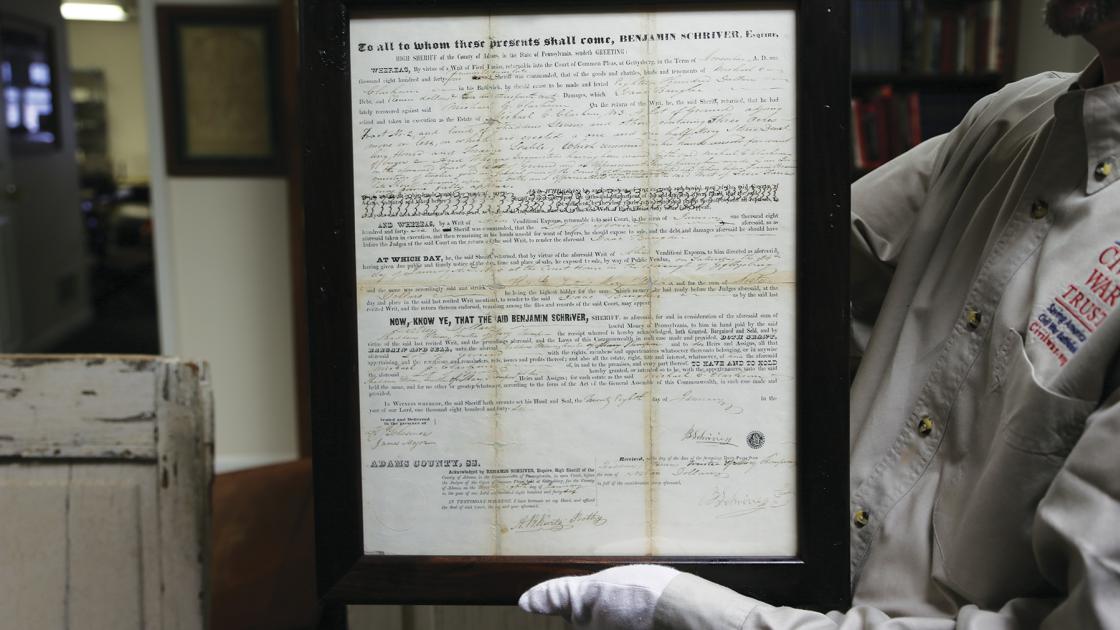
“The Civil War Trust has long been an exceptional partner for Gettysburg National Military Park,” said superintendent Ed Clark. “Typically, we have worked together to preserve and restore the battlefield’s physical landscapes, but we are deeply grateful for their assistance in ensuring the future of these other tangible artifacts of the battle.”
Staff at Gettysburg also made recommendations for specific items on the inventory that would be excellent additions to the collections of other National Park Service units. The Gettysburg staff even approached these parks with our offer to donate the items. As a result of this process, specific and appropriate items were gifted to Cedar Creek and Belle Grove National Historical Park, Fort McHenry National Monument and Shrine, Fredericksburg and Spotsylvania National Military Park, George Washington Memorial Parkway, Monocacy National Battlefield, Petersburg National Battlefield and Richmond National Battlefield Park.
For example, a field desk definitively established to belong to an officer in the 3rd Maryland Infantry — a Union unit, also known as the Potomac Home Brigade, that distinguished itself in operations against Early’s invasion of Maryland — has found a permanent home at Monocacy National Battlefield. A fork and axe carried throughout the war by a member of the 56th New York Infantry, which fought throughout the Seven Days’ Battles, will reside at Richmond National Battlefield. An officer’s sword connected to the 18th Connecticut has made its way to Fort McHenry, which the unit manned for nearly a year in 1862–1863.
The response of Monocacy National Battlefield superintendent Rick Slade was typical of those from parks acquiring new treasures from the Trust. “We were extremely pleased to receive the field desk, ink well and flute, all identified to several soldiers who fought at the Battle of Monocacy,” he said. “Receiving donations such as these allows us to share with visitors a tangible and personalized link to the park’s history. We are currently planning an exhibit that will highlight these artifacts and tell the stories of their owners.”

Perhaps most visibly, however, the pair of cannon that once graced the headquarter’s entrance were restored and relocated to the Trust’s Cedar Mountain Battlefield property in Virginia — a site carefully maintained by Friends of the Cedar Mountain Battlefield.
A minority of items for which provenance could not be established, or which the Trust and our partner experts did not believe were of suitable quality to be part of a National Park Service collection, were sold to private collectors, with all proceeds going toward restoration of the Lee’s Headquarters site.
The Trust was honored to receive the generous donation of these artifacts from the Belmar Group as part of the sale of Lee’s Headquarters, and we are immensely pleased that so many remarkable items will be on display in appropriate places closely connected to their past.
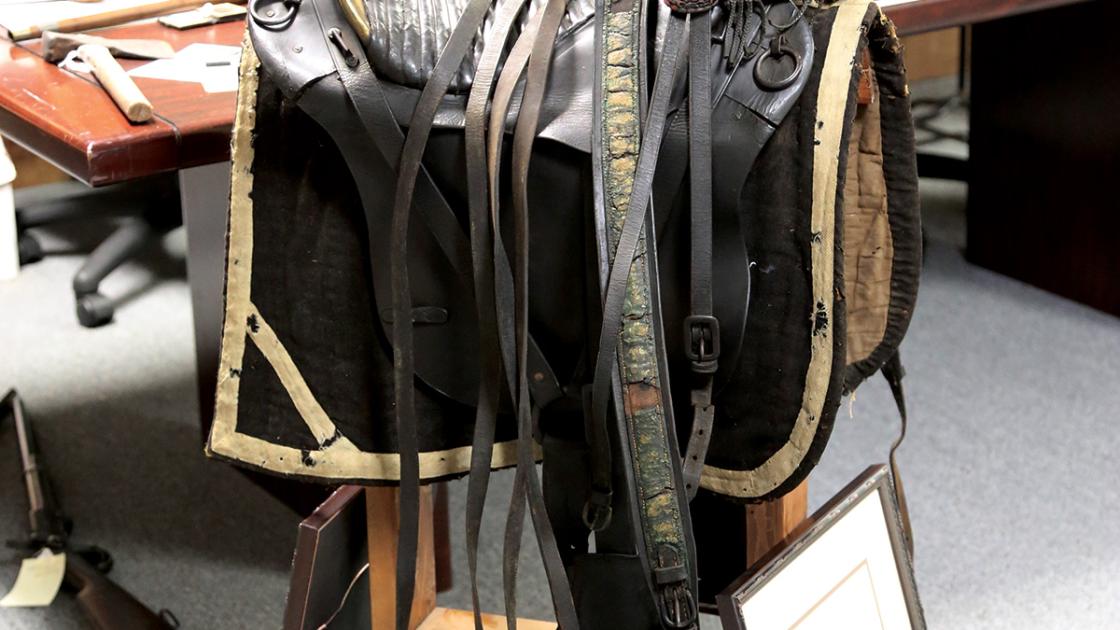
Related Battles
23,049
28,063
